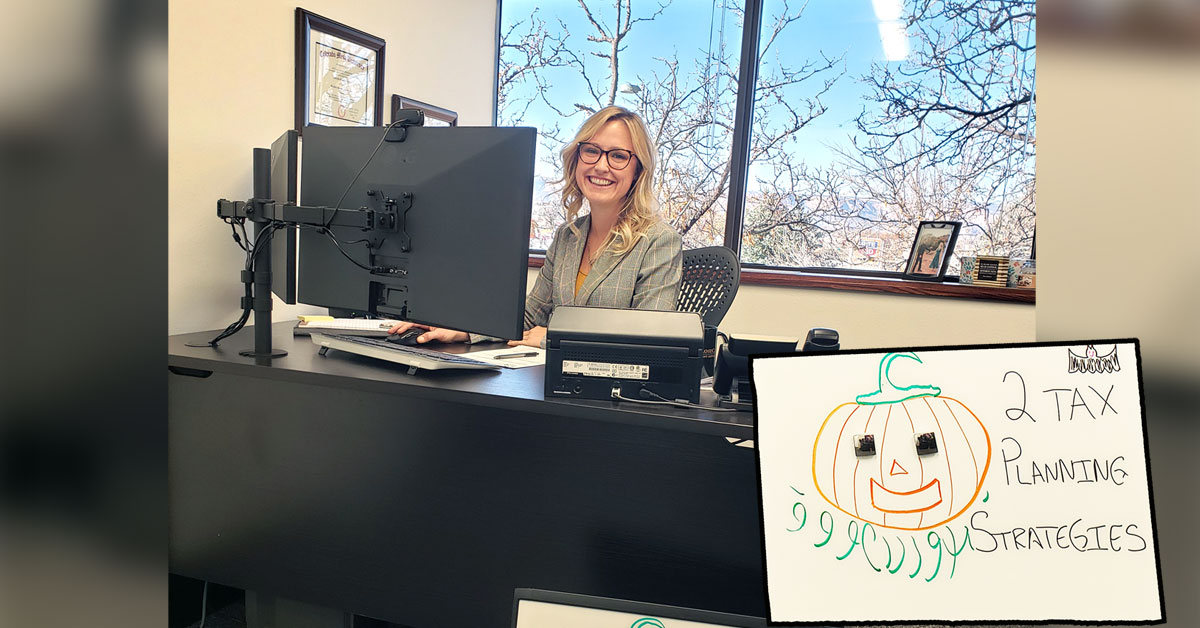February 17, 2020
What you need to know about how your investments are taxed, according to certified public accountants
Published Thu, Feb 6 2020 2:46 PM EST Updated Thu, Feb 6 2020 4:10 PM EST
Just like your income, your investments are taxed. That means if you earned interest or dividends in the last year, or sold an investment for a profit, you’ll probably owe tax on that money.
But not all investment accounts are taxed the same way. Here’s what you need to know, according to two certified public accountants.
When it comes to investment accounts and taxes, there are generally three categories, says Matt Rosenberg, a certified public accountant and a member of the American Institute of CPAs’ Financial Literacy Commission:
1. Tax-exempt accounts. This category includes Roth IRAs and Roth 401(k)s. You’ll make contributions with after-tax dollars, but then, “investments held in these types of accounts can grow tax-free and are withdrawn tax-free,” Rosenberg says.
2. Tax-deferred accounts. These include traditional IRAs and 401(k) plans, among others. You’ll make these contributions with pretax dollars, meaning you’ll get a tax break in the year you contribute, Rosenberg explains. “The investments in these accounts also grow tax-deferred and are not taxed until distribution,” he says.
3. Taxable accounts: Rosenberg describes this as the least tax-friendly account category, composed of individual investment accounts you’d open through a brokerage. You use after-tax dollars to buy investments, and you’ll pay taxes annually based on factors like your portfolio’s income, and any profit or loss you take if you choose to sell some of your investments.
There are also accounts, like 529s and health savings accounts (HSAs), that don’t fit neatly into one category.
With a 529, for example, there’s no tax break on contributions at the federal level, although many states offer deductions or credits. The money grows tax-free and can be withdrawn tax-free for qualified educational expenses.







